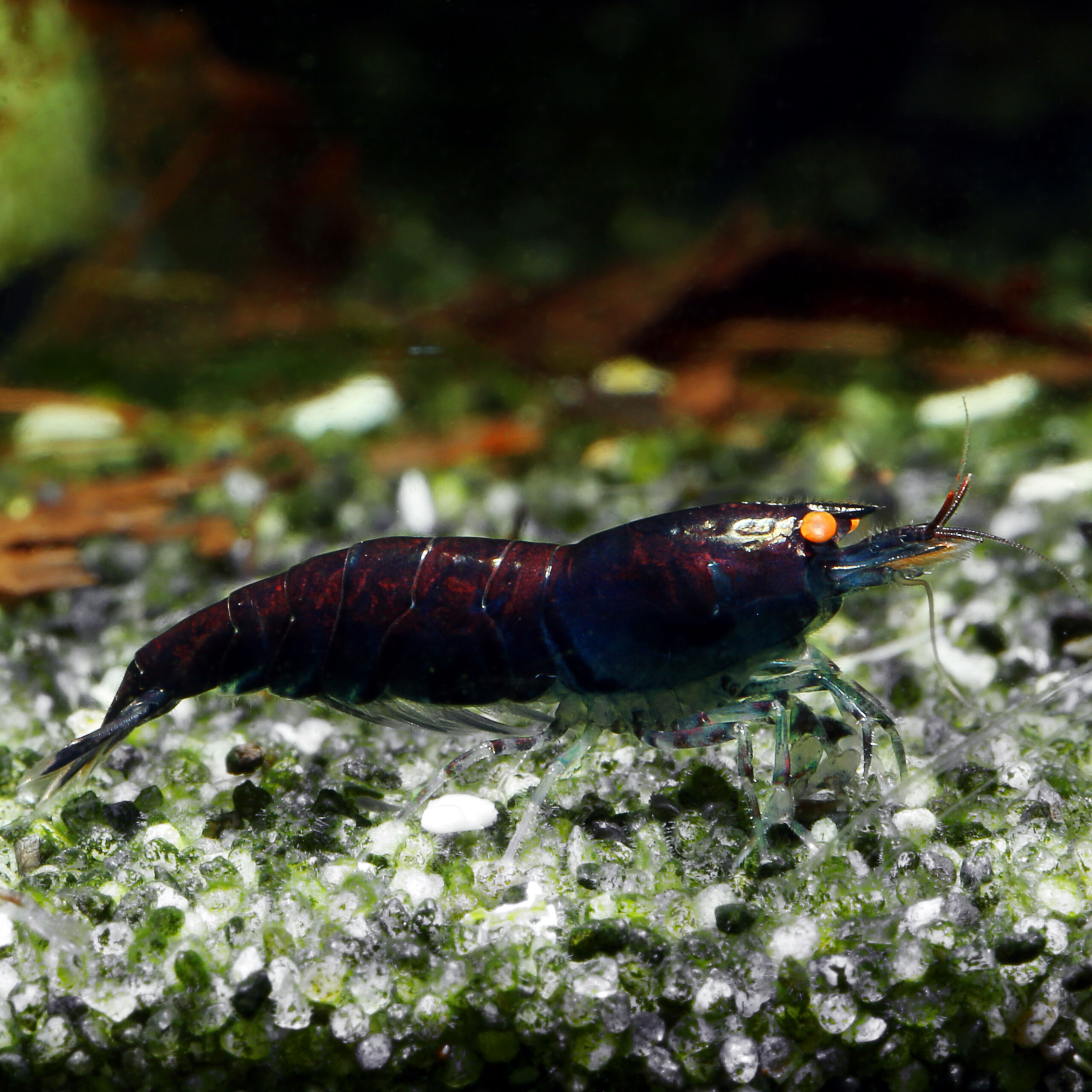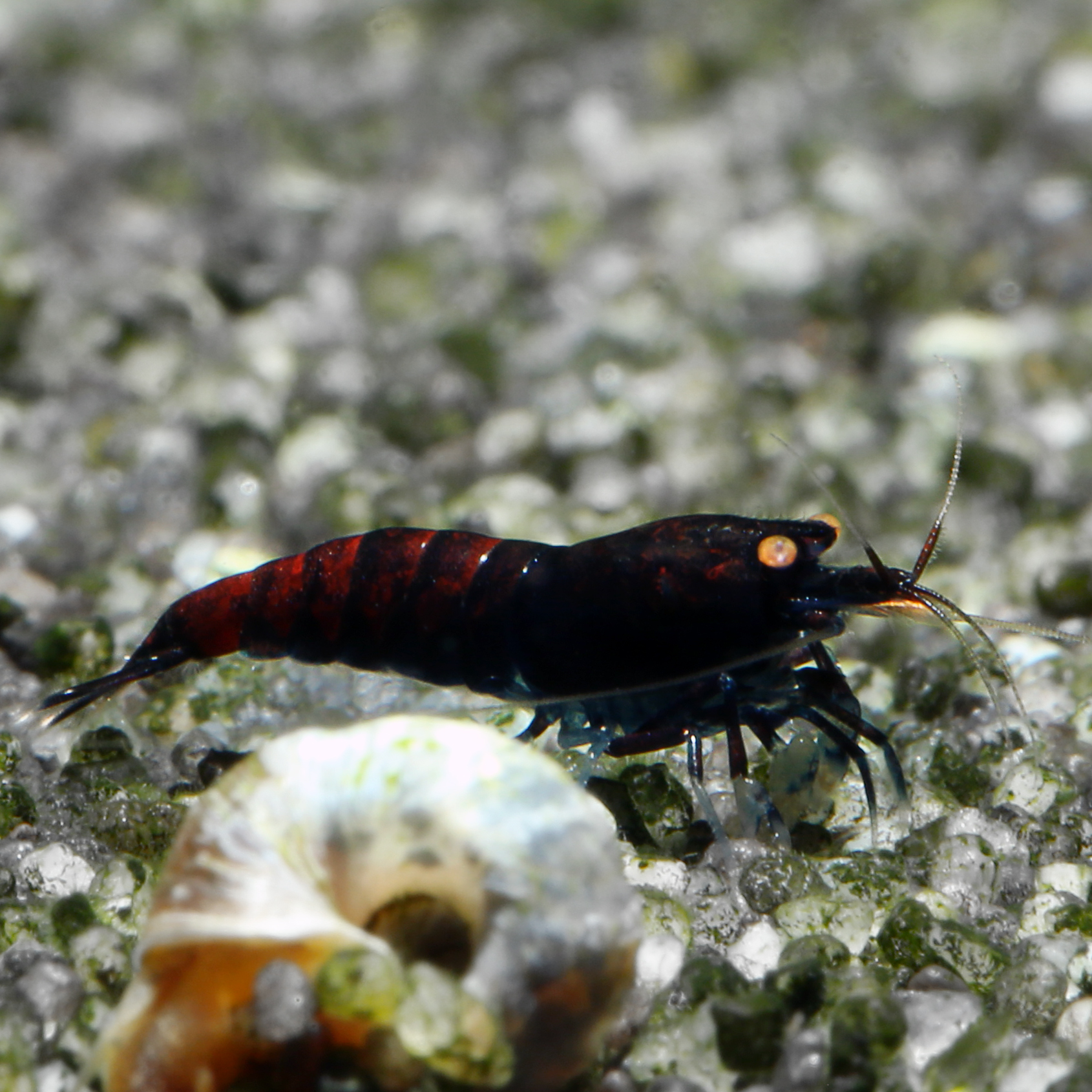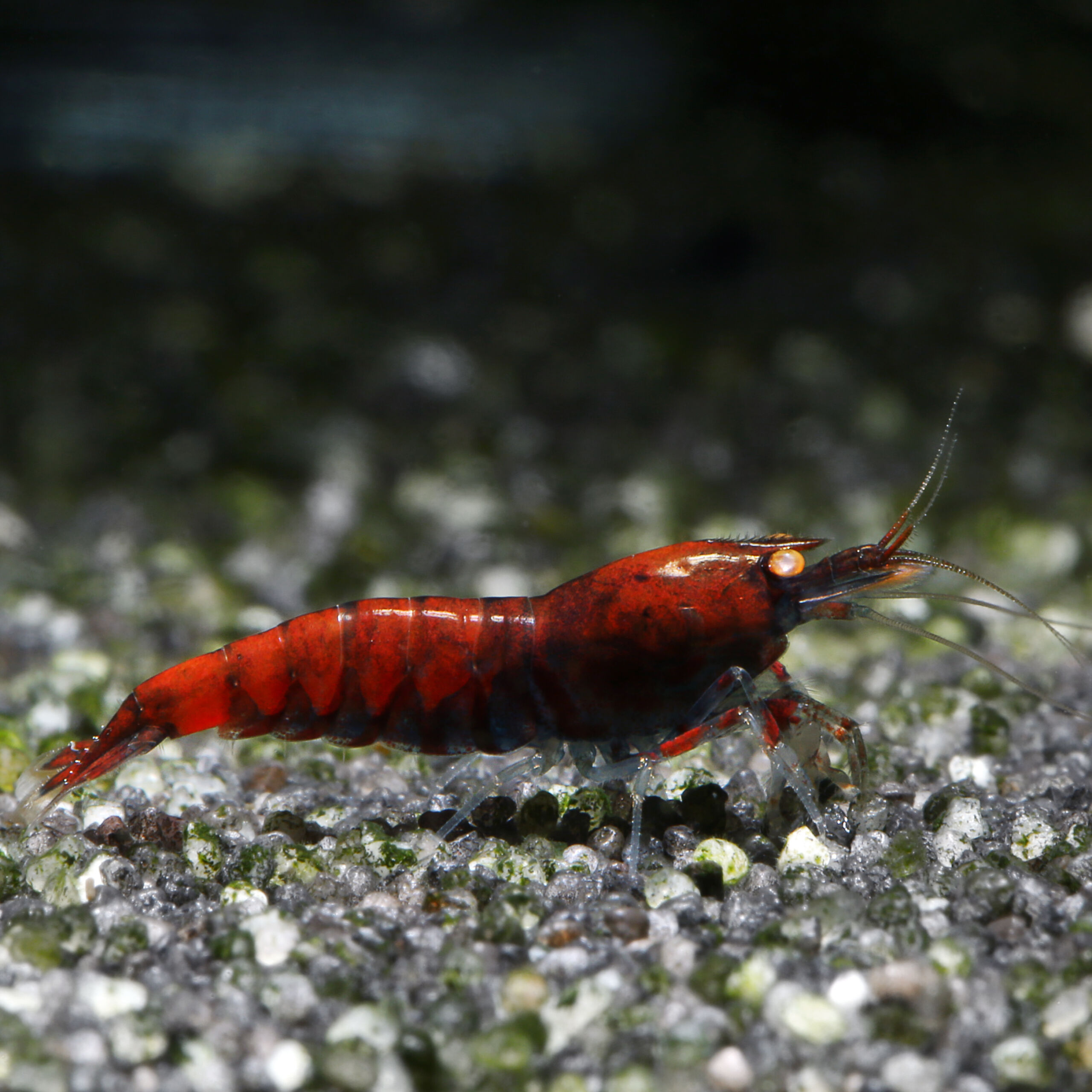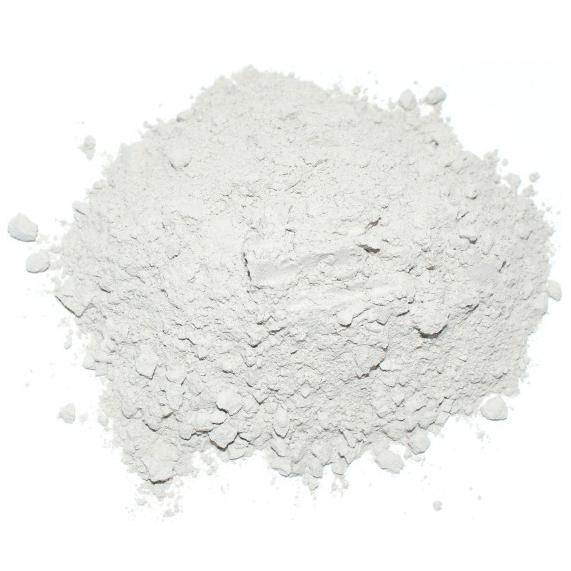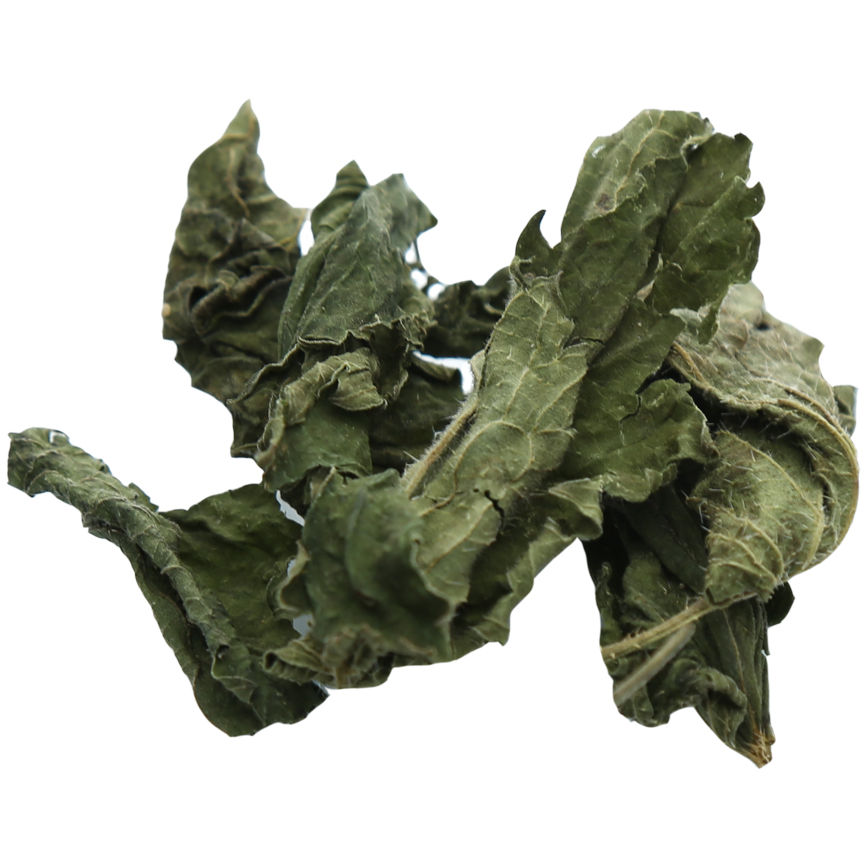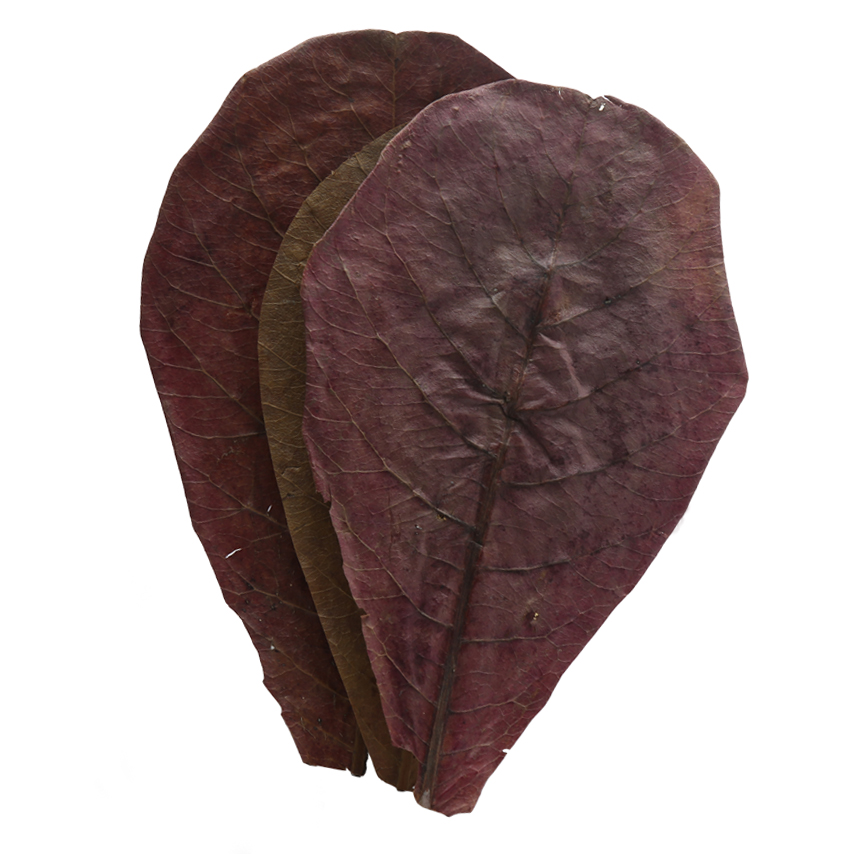Rusty Blue Tiger Orange Eye
Caridina mariae
The rusty red pigments that give the Rusty Blue Tiger OE its name make it particularly interesting.
- rusty red pigmentation
- bright orange eyes
- no aqua soil necessary
Out of stock
Receive in-stock notifications for this.
 Delivery in a few working days
Delivery in a few working days
 Free shipping from €60 across Austria
Free shipping from €60 across Austria





Important data
Product description & details
The Rusty Blue Tiger Orange Eye (OE) belongs to the species Caridina mariae and originally comes from southern China. It is characterized by a rusty red color, which mainly extends over the back. This rusty red pigmentation occurs in animals of varying degrees. This means that a Deep Blue Tiger can be in the “Rusty” category just like a Royal Blue Tiger, as long as they have this red pigmentation. Although the red appears in a considerable proportion of the offspring, it cannot yet be considered hereditary. However, the bright orange eyes are 100% inherited as long as no animals with black eyes are crossed. We have been selecting the animals in our strain for a long time, so that the offspring are almost always as dark as their parents and almost no transparent animals are produced. Every now and then animals appear with a particularly bright red color covering almost the entire body.
Blue Tiger OE Grades:
Blonde Tiger OE – transparent with black stripes
Blue Tiger OE – light to medium blue with black stripes
Deep Blue Tiger OE – dark blue with black stripes
Royal Blue Tiger OE – dark blue, no stripes
Rusty Blue Tiger OE – dark blue with rust colored back
Black Tiger OE – black, no stripes
Care in the aquarium
The Rusty Blue Tiger OE is a not a particularly demanding shrimp as long as it has the right water parameters. Keeping this beautiful shrimp is possible in aquariums with a capacity of 10 liters or more, but since the water values fluctuate significantly less with more volume, we recommend an aquarium that holds 20 liters or more. The Rusty Blue Tiger OE requires clean, oxygen-rich, soft and, if possible, lime-free water, which is why it is best kept on salted osmosis water, but is also potentially suitable for soft tap water (CH below 5). The Bee Shrimp Mineral GH+ is suitable as a mineral salt. Unlike Bee shrimp, no aqua soil is necessary to keep Tiger shrimp. We ourselves keep our Tigers on neutral, dark ground, where the animals show their best potential. It is also important that the temperature of the water does not exceed 25°C for long periods of time, even in summer. In order for this sociable dwarf shrimp to feel safe, it should be kept in a group of at least 10 animals and in a well-planted aquarium. The plants, but also roots, stone structures or shrimp tubes offer it protection and places of retreat. The Rusty Blue Tiger OE is ideally kept in a pure shrimp aquarium, preferably together with snails. Socialization with small, peaceful fish that do not prey on shrimp is also possible, but this may result in loss of shrimp offspring.
Feeding
As a classic leftover recycler, the Rusty Blue Tiger OE feeds on biofilm and algae growth as well as detritus (dead plant material, carrion, leftover food). In the aquarium it can be fed with special types of shrimp food, leaves, algae powder and occasionally frozen food. Ideally, there are always brown autumn leaves in the aquarium, which represent optimal permanent food for the animals.
Sexual characteristics and breeding
Sex determination is usually not possible in young animals, but only in sexually mature animals. Juveniles and males have a narrower underside of the abdomen, while sexually mature females have a wider underside that covers the swimming legs like a “skirt”. This widening of the abdomen serves to protect the eggs, which the female carries and cares between her swimming legs until they hatch. As with most dwarf shrimp, female Tiger shrimp adults are slightly larger than males and tend to be more intensely colored. The Rusty Blue Tiger OE reproduces in fresh water and can be bred in an aquarium without any problems as long as the water parameters are right. After a gestation period of around 3 to 4 weeks, the female releases around 10-30 fully developed shrimplets, which initially feed on microorganisms present in the aquarium and can be fed with dust food.
